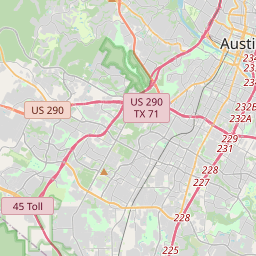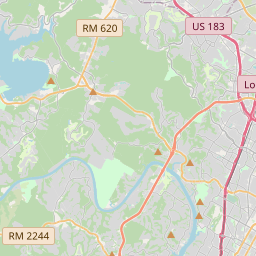Inscription
Austin's Tejano (Mexican-American) population expanded substantially in the early 1900s, and racial segregation concentrated the growth in East Austin. Sustaining the community's cultural identity became increasingly important. Recognizing the need for recreational space in which to celebrate their heritage, community leaders petitioned the City of Austin for a neighborhood park. In 1931, the city purchased land at this site for that purpose. The new park was named for Gen. Ignacio Seguin Zaragoza, the hero of the Battle of Puebla (Cinco de Mayo 1862), who was born in the Mexican village of Presidio de la Bahía del Espíritu Santo (present-day Goliad, Texas). The park soon emerged as a cultural hub.
Local Tejano business and civic leaders established a board to organize activities and celebrations held at the park. A Comité Patriotico formed to foster goodwill locally and internationally through celebrations centered on the park, including the Fiestas Patrias of Diez y Seis de Septiembre and Cinco de Mayo, which featured music, dancing, speeches and coronations. Conjunto, a native form of Tejano music, predominated at these gatherings, often serving as the embodiment of the community's desire for greater acceptance through recognition of its own distinct culture and legacy.
Beginning in 1931, organized baseball games
brought large crowds from surrounding communities. The local community treated each game as a cultural celebration, complete with food and music. Later, the community officially organized Sunday games in the park. In 1941, residents employed by the national youth administration built a recreation center. In 1996, at the Cinco de Mayo celebration, a new recreation center was dedicated. Today, Parque Zaragoza still serves as a reminder of a proud heritage.
Local Tejano business and civic leaders established a board to organize activities and celebrations held at the park. A Comité Patriotico formed to foster goodwill locally and internationally through celebrations centered on the park, including the Fiestas Patrias of Diez y Seis de Septiembre and Cinco de Mayo, which featured music, dancing, speeches and coronations. Conjunto, a native form of Tejano music, predominated at these gatherings, often serving as the embodiment of the community's desire for greater acceptance through recognition of its own distinct culture and legacy.
Beginning in 1931, organized baseball games
brought large crowds from surrounding communities. The local community treated each game as a cultural celebration, complete with food and music. Later, the community officially organized Sunday games in the park. In 1941, residents employed by the national youth administration built a recreation center. In 1996, at the Cinco de Mayo celebration, a new recreation center was dedicated. Today, Parque Zaragoza still serves as a reminder of a proud heritage.
Details
| HM Number | HM2ES6 |
|---|---|
| Tags | |
| Year Placed | 2015 |
| Placed By | Texas Historical Commission |
| Marker Condition | No reports yet |
| Date Added | Thursday, March 7th, 2019 at 10:02am PST -08:00 |
Pictures
Locationbig map












| UTM (WGS84 Datum) | 14R E 623967 N 3348455 |
|---|---|
| Decimal Degrees | 30.26141667, -97.71133333 |
| Degrees and Decimal Minutes | N 30° 15.685', W 97° 42.68' |
| Degrees, Minutes and Seconds | 30° 15' 41.1" N, 97° 42' 40.8" W |
| Driving Directions | Google Maps |
| Which side of the road? | Marker is on the right when traveling West |
| Closest Postal Address | At or near , , |
| Alternative Maps | Google Maps, MapQuest, Bing Maps, Yahoo Maps, MSR Maps, OpenCycleMap, MyTopo Maps, OpenStreetMap |
Is this marker missing? Are the coordinates wrong? Do you have additional information that you would like to share with us? If so, check in.
Nearby Markersshow on map
Show me all markers in:
Mount Olive Baptist Church
Tillotson College
Blackshear Elementary School
Henry G. Madison Cabin
Site of Old Anderson High School; Kealing Jr. High School
Military Order of the Purple Heart Monument, a War Memorial
Gold Star Mothers of Texas Monument, a War Memorial
Sailor from the Belle Shipwreck
U.S. Events of World War II, a War Memorial
Albert Sydney Johnston, a War Memorial
Maintenance Issues
- What country is the marker located in?
- Is this marker part of a series?
- What historical period does the marker represent?
- What historical place does the marker represent?
- What type of marker is it?
- What class is the marker?
- What style is the marker?
- Does the marker have a number?
- This marker needs at least one picture.
- Can this marker be seen from the road?
- Is the marker in the median?

Comments 0 comments